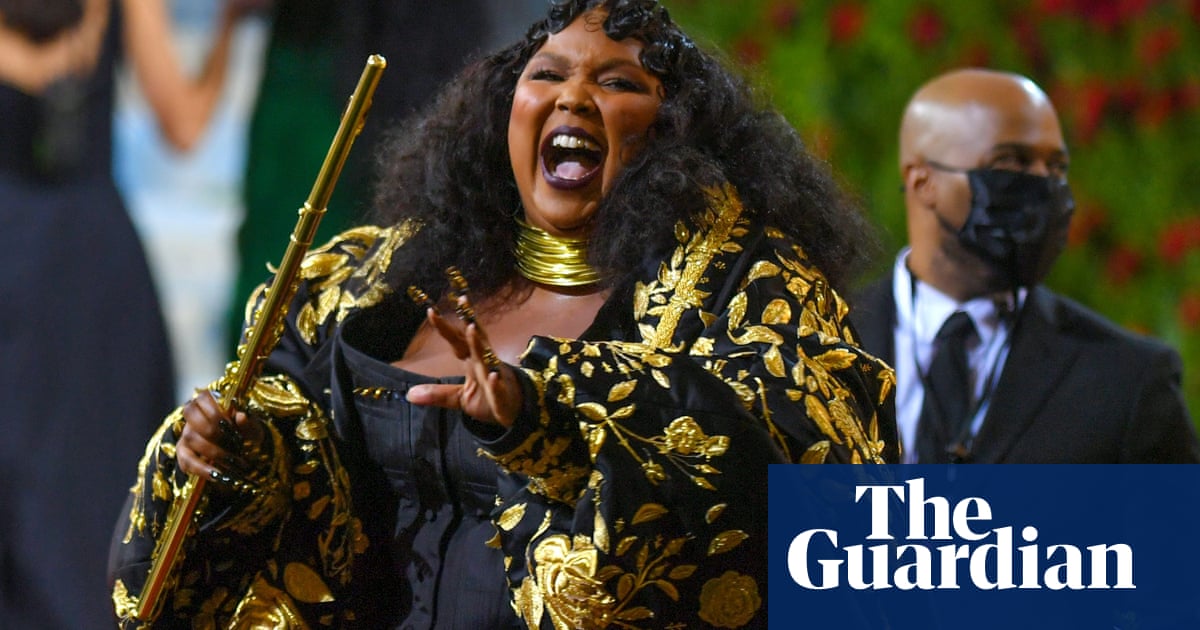Met Gala 2022: politics rises to the surface in fashion’s biggest night - 3 minutes read

Politics – personal, contemporary and historic – were close to the surface on New York’s Upper East Side on Monday night as 600 guests, invited to celebrate America’s Gilded Age at the Met Gala, offered their own interpretation of style and the multitude of meanings dress carries, then as now.
The singer Alicia Keys wore a cape celebrating New York union history. New York’s mayor, Eric Adams, who had said he’d been “dying to go” to the fundraiser “for years”, arrived on the red carpet wearing a jacket with decorative forearms and lapels that paid homage to the city’s transit system. The back of his coat read “End Gun Violence” in red lettering.
But the celebration of women’s progress toward equal rights came as news surfaced that the US supreme court had provisionally voted to overturn Roe v Wade, the landmark ruling that legalised abortion nationwide in America, according to a draft opinion reported on by Politico.
Hamish Bowles, the World of Interiors editor, sporting a raffish matinee idol moustache and gold tiara, said: “Tonight our hearts are with the people of Ukraine and the victims of war and displacement around the world.” The publisher, the major sponsor of the event, had made a donation to the Red Cross and encouraged “those who can to do so as well”.
Riz Ahmed, in a T-shirt and worker’s shirt, said he was “trying elevate and celebrate working-class immigrants”. Amy Schumer said “when Gabriella Hearst offers to dress you put your Spanx on right over your c-section scar.” Janelle Monáe promoted her sc-fi book. Blake Lively came as the Statue of Liberty.
The influential trade publication the Business of Fashion said this year’s event might be the “most important Met Gala” of Wintour’s career. After two years of interruption – one cancelled by Covid-19; another under-attended due to international travel bans and vaccine requirements – Monday’s gala was reported to have returned to full strength.
With tables costing $200,000 to $300,000, last year’s event in September raised $16.4m for the Costume Institute. But it’s also a money-maker for Vogue. According to Amy Odell’s newly published biography on Wintour, now Condé Nast’s global chief content officer, it is the publisher’s pitch to sell advertising. This year it is also a pitch to sell online subscriptions to Vogue.com and corral visitors to the Met museum.
According to the tracking firm Launchmetrics, the night generates $543m in media impact value, or the effect of placements and mentions – compared with the Super Bowl’s $520m. According to BoF, the more Vogue can market the Met Gala as the Super Bowl of fashion, the more it will be able to charge.
The films celebrate overlooked figures in early American fashion, especially female designers, and especially those of color. The Costume Institute’s head curator, Andrew Bolton, said when announcing the show, they “have been forgotten, overlooked, or relegated to a footnote in the annals of fashion history”.
The Met Ball itself, fashion activists have said, has long been an opportunity for greater inclusivity than the structure of the publisher, or its pages, had embraced until racial protests in 2020.
“The way we carry ourselves, how we put our shoulders back when times are hard, or offer a friendly smile even when we don’t agree. How we choose to show up for our communities – the small acts of kindness that are remembered long after they are offered.”
She continued: “And that includes what we wear.”
Source: The Guardian
Powered by NewsAPI.org